Diversity is the Spice of Life
One of the great joys of photographing birds is the diversity of species that may be encountered nearly anywhere. I am fortunate of living in easy access to a wide range of habitats, from hills to farmland through to woodlands and coast, that in turn support a varied bird fauna. I thought I would put together a compilation of recent photographs taken in a wide range of situations with a bit of background on how the photographs were achieved.
Starting with woodlands, a well placed feeding station can attract a wide diversity of birds, particularly during the cold winter months when the small birds have a need to supplement their energy supplies. The setting up of a feeding station requires careful consideration in terms of light direction, placement of perches and the hide but the results can be very productive. The Blue Tit is a common bird but shows some stunning colours in Spring plumage.
It is difficult to dislike Long-tail tits with the unique shape and colours and comical antics. They usually descend to a feeding station in groups but can be quite difficult to photograph.
A common woodland feeding station visitor is the Nuthatch which can usually be heard long before they arrive with there almost electronic sounding call.
Moving across to the Farmland habitat, the office where I work is surrounded by fields and currently hundreds of bleating lambs. The are a number of birds that are resident that allows me to undertake short sessions during my lunch hour. These include a large mixed flock of rooks and jackdaws and the occasional buzzard.
The opportunities to photograph the wary buzzard are seldom but a joy when they happen.
Photographing rooks under the lunchtime sun presents some tricky exposure issues.
A Jackdaw taking carefully landing on a fence post.
Moving down to my local coastline. A Black-necked grebe was being report as taking of temporary residence on one of the large local marine lakes. It proved a tricky customer to photograph but perseverance won out eventually. I ended up lying on the ground on the lake margin and was fortunate when the bird with the spooky eyes popped up a close range after one of its foraging dives.
I also caught up with the second winter Mediterranean Gull that has been lurking locally for a couple of months. It is rapidly progressing towards full summer plumage. It was not quite in summer colours when I found it and I hope it will stay around for another couple of weeks for the feather transformation to become complete.
I will finish this post with some waders who will be soon heading northwards to their breeding grounds where I hope to catch up with some of them again with a trip I have planned to Arctic Norway in June. The following photos were taken during the recent big spring tides when the birds are forced to take refuge on the local sea defences at high water.
The rare sight of a stationary Sanderling
Wading Redshank
Resting Ringed Plover
It is not until the light is at the right that you can see where the Purple Sandpiper gets its name.
Sunday, March 14, 2010
Subscribe to:
Post Comments (Atom)

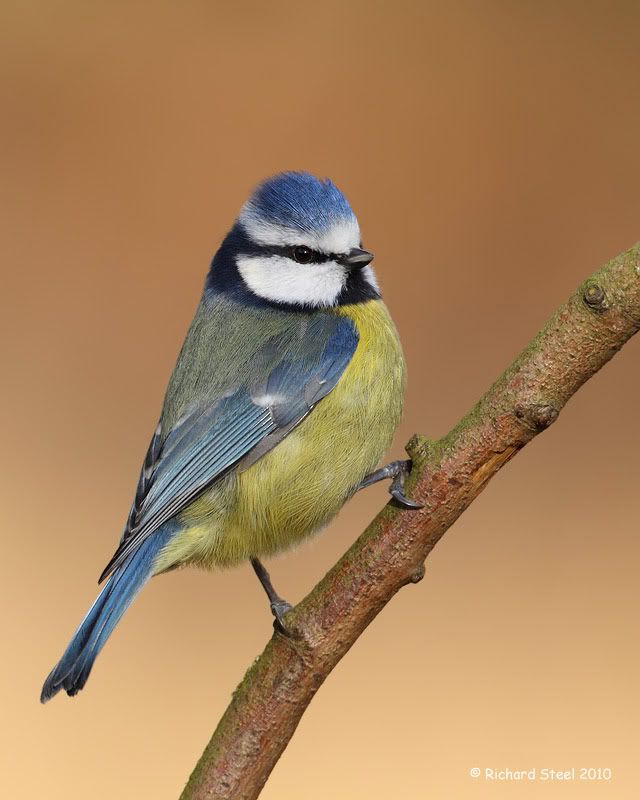
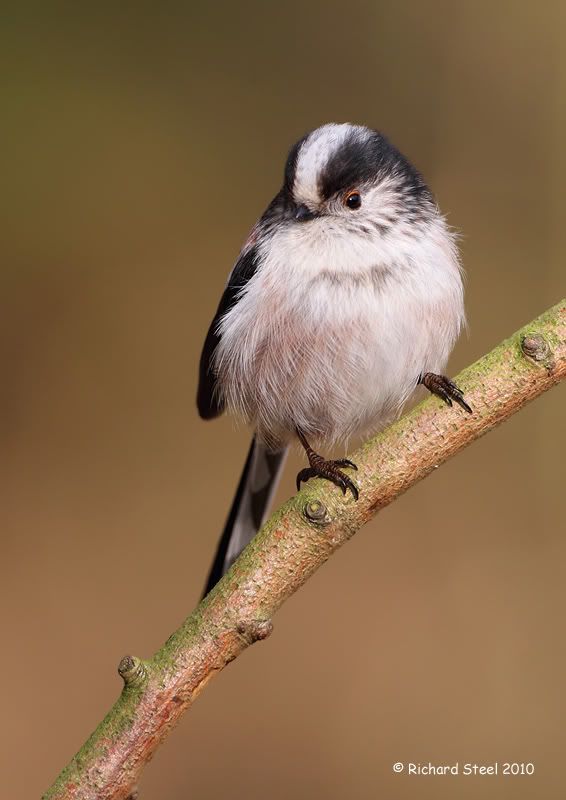
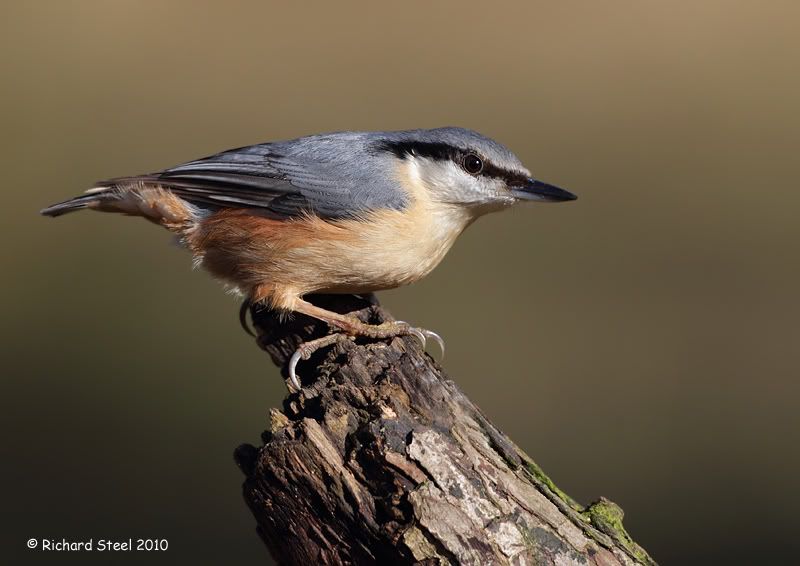
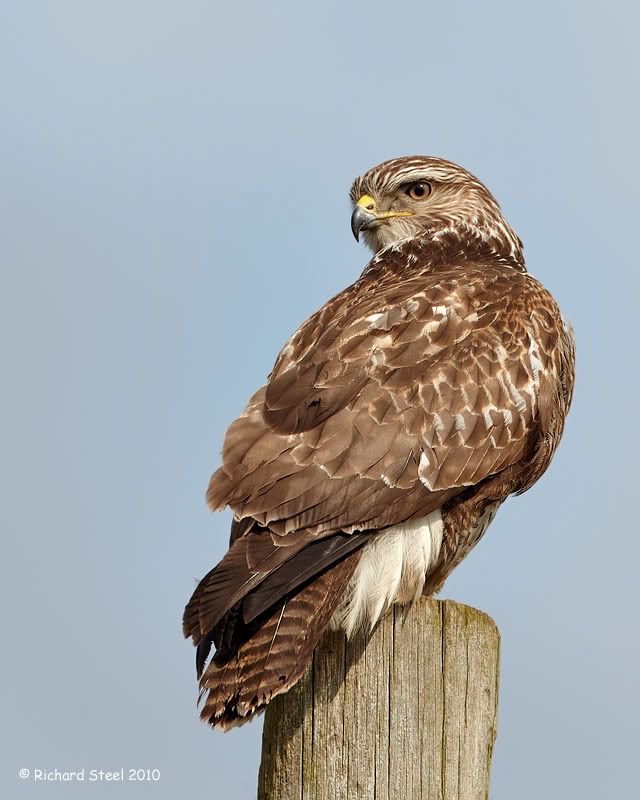
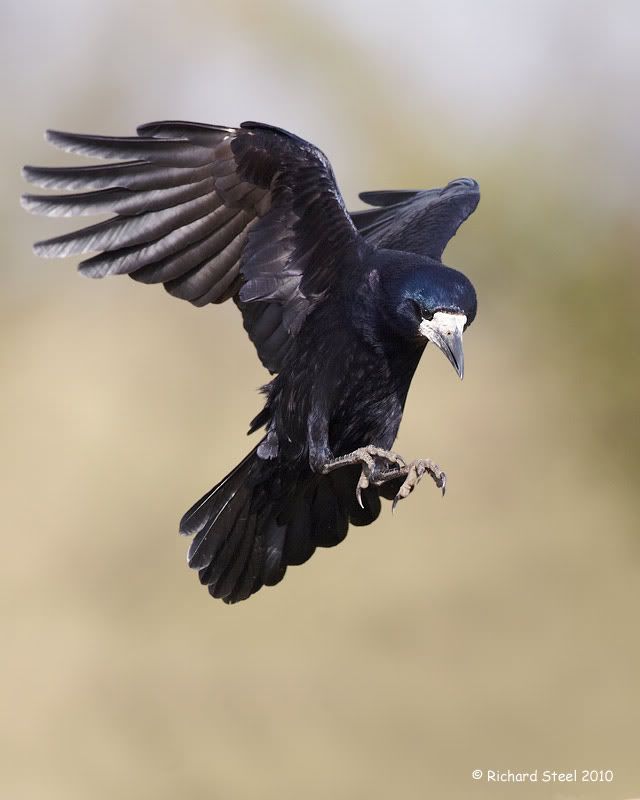
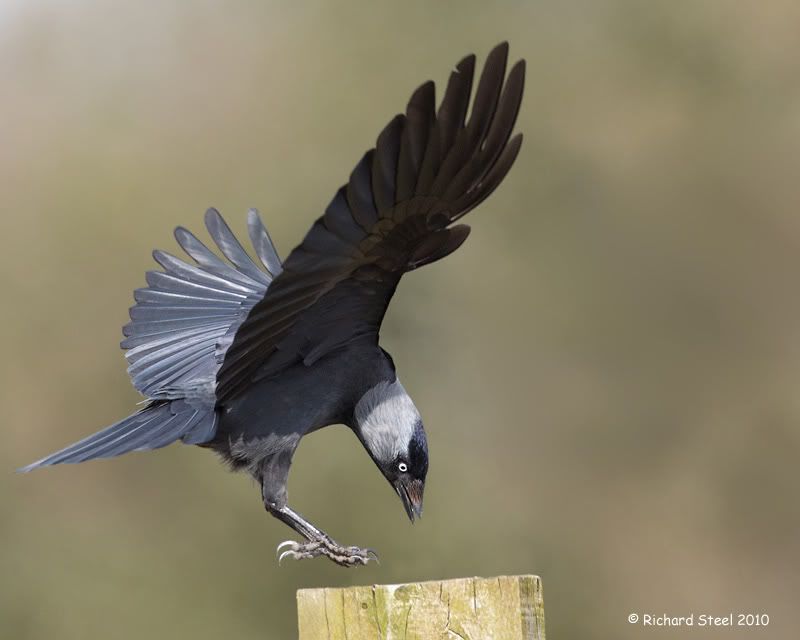
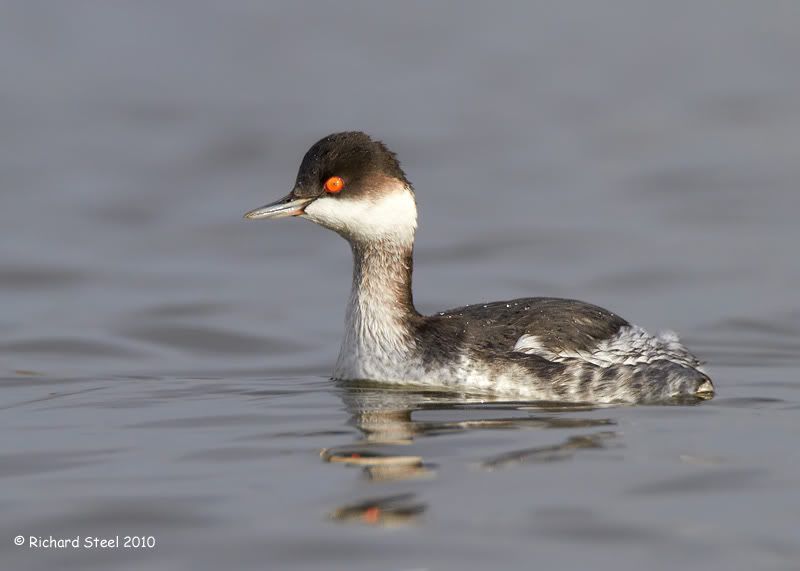
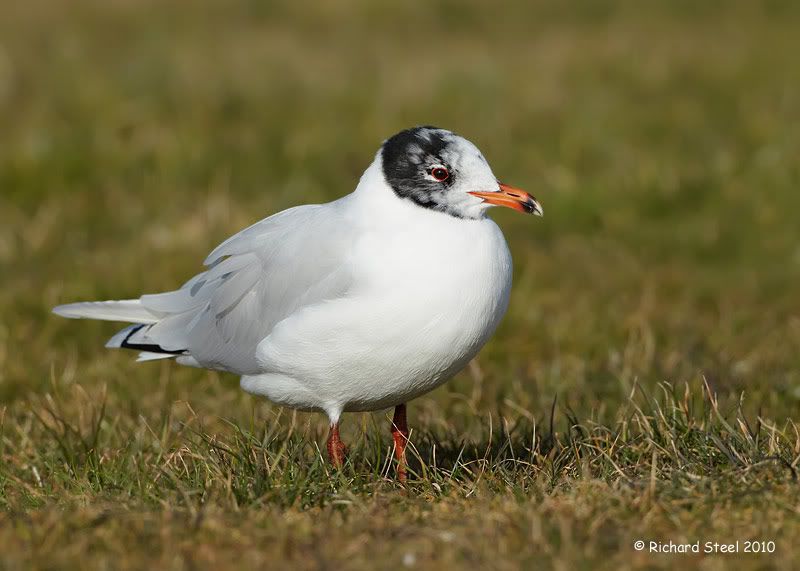


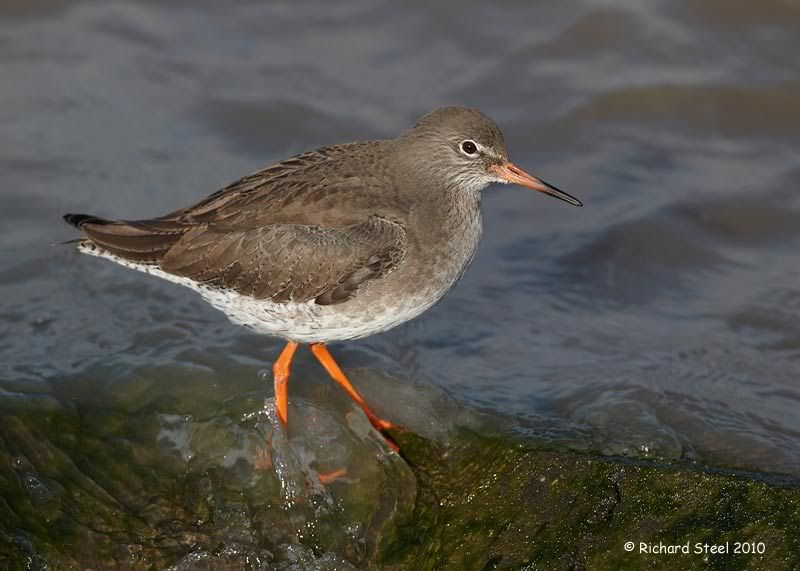
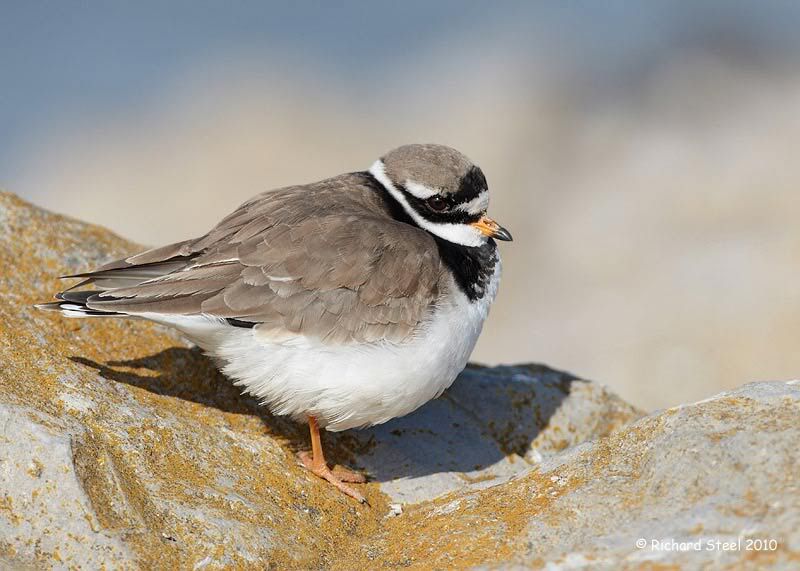
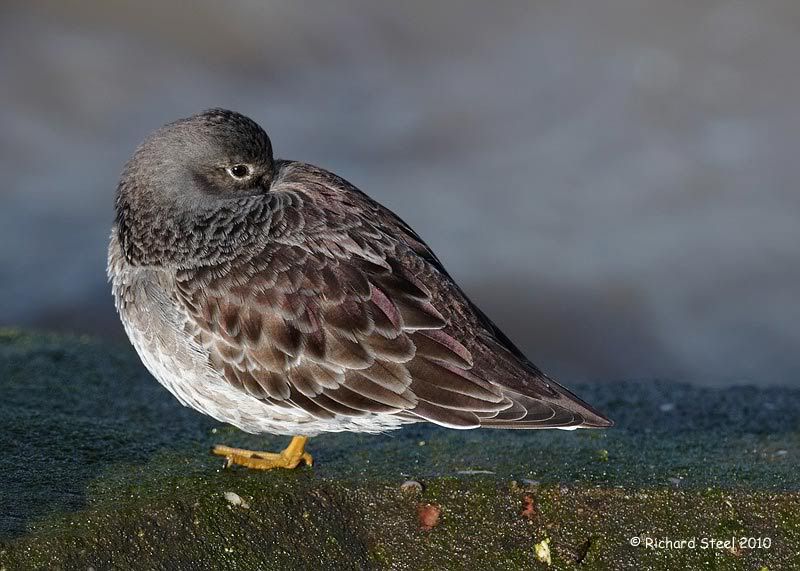












9 comments:
Hi Richard, a lovely combination of birds there to admire,particularly like the Purple Sandpiper but they are all stunning!
Amazing images!!
Wow. Beautiful photography. I LOVE the rook & the jackdaw photos.
truly wonderful photos. Great captures
dan
wow - stunning photos!
Every one superb Rich.
The Nuthatch and Sanderling deserve special mention I think; but each one excellent.
What a nice serie of images, all of them are top quality images. The Blue Tit one is the greatest ;)
I like all of these in this series, yet my favorites are of course the Buzzard image ( I still find it funny that you all call them Buzzards, and we call them Hawks. We call the Vultures, Buzzards over here.) I also like the two images of the Jackdaw, what two great captures~
Many thanks for all your comments which are appreciated as always. Hopefully the next few months should provide a good variety of species to show you.
Cheers
Rich
Post a Comment